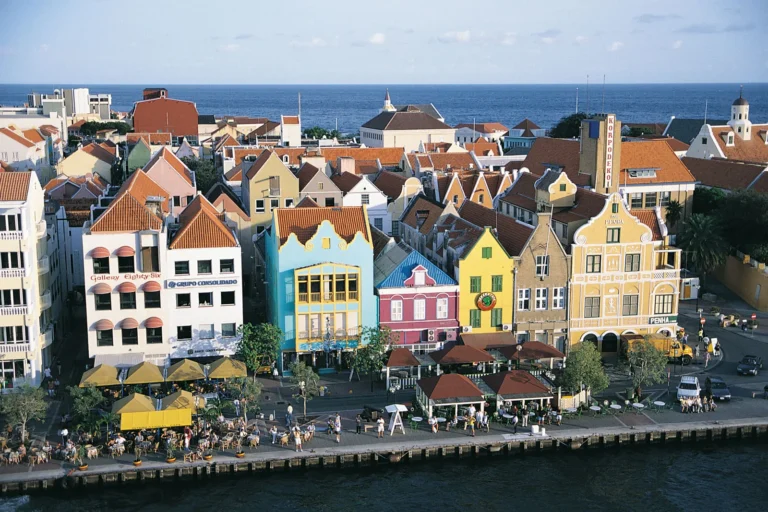Here’s a concise history of the Netherlands Antilles, covering its colonial roots, development, and eventual dissolution:
History of the Netherlands Antilles
Early Colonial Era (1600s–1800s)
- 1634: The Dutch West India Company captured Curaçao from Spain, marking the start of Dutch control in the Caribbean.
- Over the next few decades, the Dutch gained control of Bonaire, Aruba, Sint Maarten, Saba, and Sint Eustatius.
- These islands became important for:
- Slave trade (especially Curaçao)
- Salt production
- Shipping and trade
Dutch Colonial Administration
- For centuries, the islands were colonies under Dutch control, governed by the Netherlands Antilles government in Willemstad (on Curaçao).
- The islands were administered together despite their geographical separation and cultural differences.
World War II and Autonomy Movements
- 1940s–1950s: After WWII, decolonization pressures rose.
- 1954: The Charter for the Kingdom of the Netherlands was established, giving the Netherlands Antilles and Suriname full internal autonomy as constituent countries within the Kingdom.
Aruba’s Departure (1986)
- Aruba, seeking more autonomy, separated from the Netherlands Antilles in 1986, becoming its own autonomous country within the Kingdom of the Netherlands.
Push for Restructuring
- Over time, the five remaining islands grew frustrated with centralized governance from Curaçao.
- Each island had distinct languages, cultures, and economic conditions, and felt the unified structure didn’t serve them well.
- Multiple referendums were held between 2000 and 2005, with different islands choosing different futures.
Dissolution of the Netherlands Antilles (2010)
- On October 10, 2010, the Netherlands Antilles ceased to exist.
New statuses:
- Curaçao and Sint Maarten: Became autonomous countries within the Kingdom.
- Bonaire, Saba, and Sint Eustatius: Became special municipalities (public bodies) of the Netherlands, with local governance under Dutch law.
Legacy and Modern Relevance
- The dissolution allowed each island to govern itself more effectively.
- They remain united by Dutch citizenship, defense, and foreign policy (handled by the Kingdom).
- Today, these islands are often referred to as:
- Dutch Caribbean
- Caribbean Netherlands (for Bonaire, Saba, and Statia)



